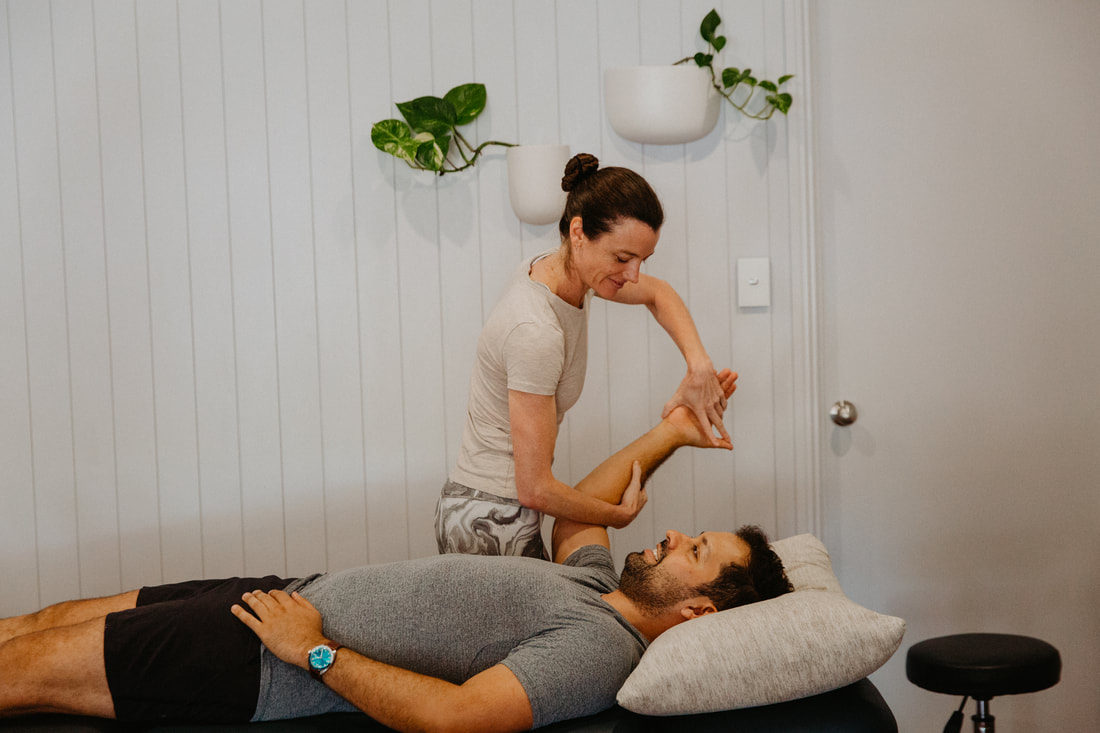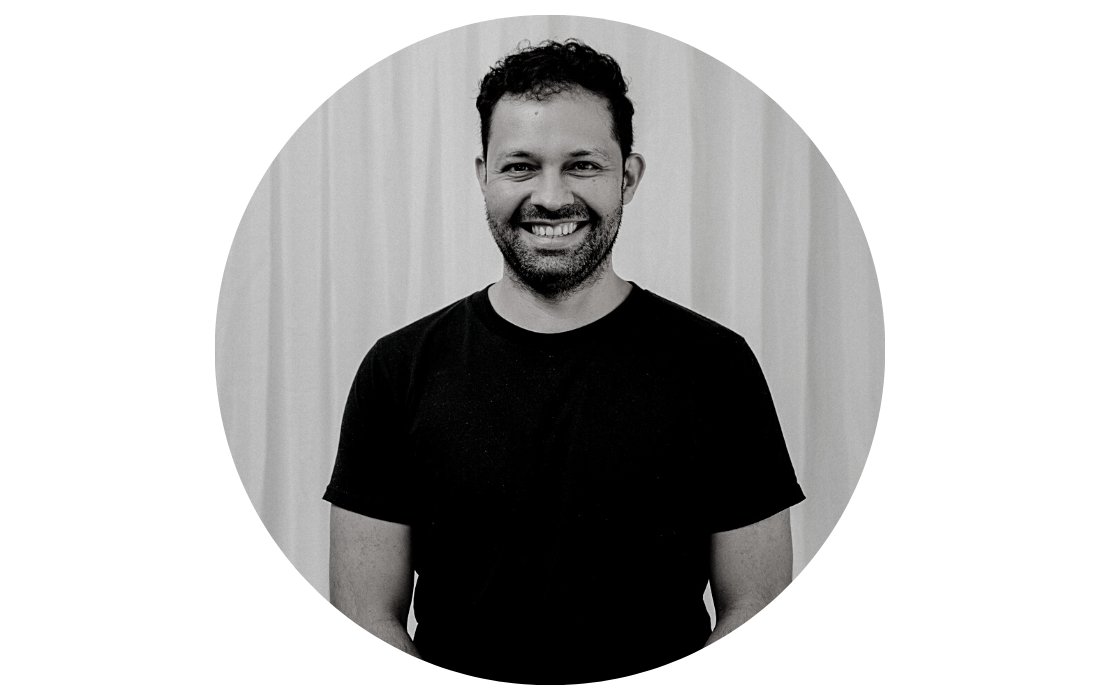Joint Hypermobility Syndrome Physiotherapy Brisbane southside.
What is Joint Hypermobility Syndrome?
Joint hypermobility syndrome (JHS), also known as generalised hypermobility spectrum disorder (gHSD), is an umbrella term for a connective tissue disorders characterised by increased joint flexibility and a range of symptoms related to joint and connective tissue laxity where other specific hypermobility conditions (e.g. Ehlers-Danlos Syndrome or Marfan Syndrome) have been excluded.
What causes Joint Hypermobility Syndrome?
The exact cause of joint hypermobility syndrome is not fully understood. It is believed to result from a combination of genetic and environmental factors. Some individuals may have a genetic predisposition that affects the structure and function of their connective tissues, making them more flexible and prone to symptoms.
What are the symptoms of Joint Hypermobility Syndrome?
The primary feature of joint hypermobility syndrome is excessive flexibility or hypermobility. Common symptoms and manifestations of the condition may include:
How is Joint Hypermobility Syndrome diagnosed?
Diagnosing joint hypermobility syndrome can be challenging as there are no specific laboratory tests. Diagnosis is typically based on a clinical evaluation, medical history, and assessment of joint hypermobility using the Beighton score and other criteria. In some cases, genetic testing may be recommended to rule out other connective tissue disorders.
What is the treatment for Joint Hypermobility Syndrome?
Treatment for joint hypermobility syndrome aims to manage symptoms and improve the individual's quality of life. Common treatment strategies include:
It's important to note that the management of joint hypermobility syndrome is typically tailored to the individual's specific symptoms and needs. A multidisciplinary approach involving healthcare providers, physiotherapists, occupational therapists, and other specialists may be necessary to provide comprehensive care and improve the individual's overall well-being.
If you or a loved one has questions about Joint Hypermobility Syndrome and how our physiotherapists might be able to help please call us on 07 3706 3407 or email [email protected]. We would love to work with you!
Joint hypermobility syndrome (JHS), also known as generalised hypermobility spectrum disorder (gHSD), is an umbrella term for a connective tissue disorders characterised by increased joint flexibility and a range of symptoms related to joint and connective tissue laxity where other specific hypermobility conditions (e.g. Ehlers-Danlos Syndrome or Marfan Syndrome) have been excluded.
What causes Joint Hypermobility Syndrome?
The exact cause of joint hypermobility syndrome is not fully understood. It is believed to result from a combination of genetic and environmental factors. Some individuals may have a genetic predisposition that affects the structure and function of their connective tissues, making them more flexible and prone to symptoms.
What are the symptoms of Joint Hypermobility Syndrome?
The primary feature of joint hypermobility syndrome is excessive flexibility or hypermobility. Common symptoms and manifestations of the condition may include:
- Joint Hypermobility: Increased joint range of motion, often referred to as being "double-jointed."
- Joint Pain: Joint pain, which may be chronic and affect multiple joints. Pain can be widespread and vary in intensity.
- Joint Instability: Frequent joint dislocations or subluxations (partial dislocations) due to weak ligaments and joint capsule laxity.
- Muscle Weakness: Muscular weakness and fatigue may be present, partly due to the need for muscles to compensate for lax connective tissue.
- Chronic Fatigue: Individuals with JHS may experience chronic fatigue, which can be attributed to pain, sleep disturbances, and the effort required to stabilise their joints.
- Soft Tissue Injuries: Increased susceptibility to soft tissue injuries, such as sprains, strains, and tendinitis.
- Skin Abnormalities: Skin may be soft, velvety, and easily bruised. Some individuals may develop stretch marks or scar easily.
- Gastrointestinal Symptoms: Digestive issues, such as irritable bowel syndrome (IBS), can be associated with JHS.
- Dysautonomia: Some individuals with JHS may experience symptoms related to autonomic nervous system dysfunction, such as dizziness, palpitations, and fainting.
- Chronic Pain: Persistent musculoskeletal pain that can significantly impact daily life.
How is Joint Hypermobility Syndrome diagnosed?
Diagnosing joint hypermobility syndrome can be challenging as there are no specific laboratory tests. Diagnosis is typically based on a clinical evaluation, medical history, and assessment of joint hypermobility using the Beighton score and other criteria. In some cases, genetic testing may be recommended to rule out other connective tissue disorders.
What is the treatment for Joint Hypermobility Syndrome?
Treatment for joint hypermobility syndrome aims to manage symptoms and improve the individual's quality of life. Common treatment strategies include:
- Pain Management: Pain relief strategies may include over-the-counter or prescription pain medications, physical therapy, and lifestyle modifications.
- Physical Therapy: Physiotherapy is often a central component of treatment. A physiotherapist can provide exercises to strengthen muscles around hypermobile joints, improve joint stability, and address posture and movement patterns.
- Orthotics and Assistive Devices: Custom orthotic devices, braces, or splints may be prescribed to provide joint support and stability.
- Education: Education about joint protection, activity modification, and techniques to manage and prevent injuries is important.
- Counselling and Psychological Support: Individuals with JHS may benefit from counselling or psychological support to cope with chronic pain and its impact on daily life.
- Pacing and Energy Conservation: Learning to manage and conserve energy through pacing activities and rest is essential for managing fatigue.
- Hydration and Nutrition: Staying well-hydrated and maintaining a balanced diet can help support connective tissue health.
- Medications: In some cases, medications may be prescribed to manage specific symptoms, such as pain or gastrointestinal issues.
It's important to note that the management of joint hypermobility syndrome is typically tailored to the individual's specific symptoms and needs. A multidisciplinary approach involving healthcare providers, physiotherapists, occupational therapists, and other specialists may be necessary to provide comprehensive care and improve the individual's overall well-being.
If you or a loved one has questions about Joint Hypermobility Syndrome and how our physiotherapists might be able to help please call us on 07 3706 3407 or email [email protected]. We would love to work with you!
Who to book in with:
Yulia Khasyanova
|
Mauricio Bara
|


